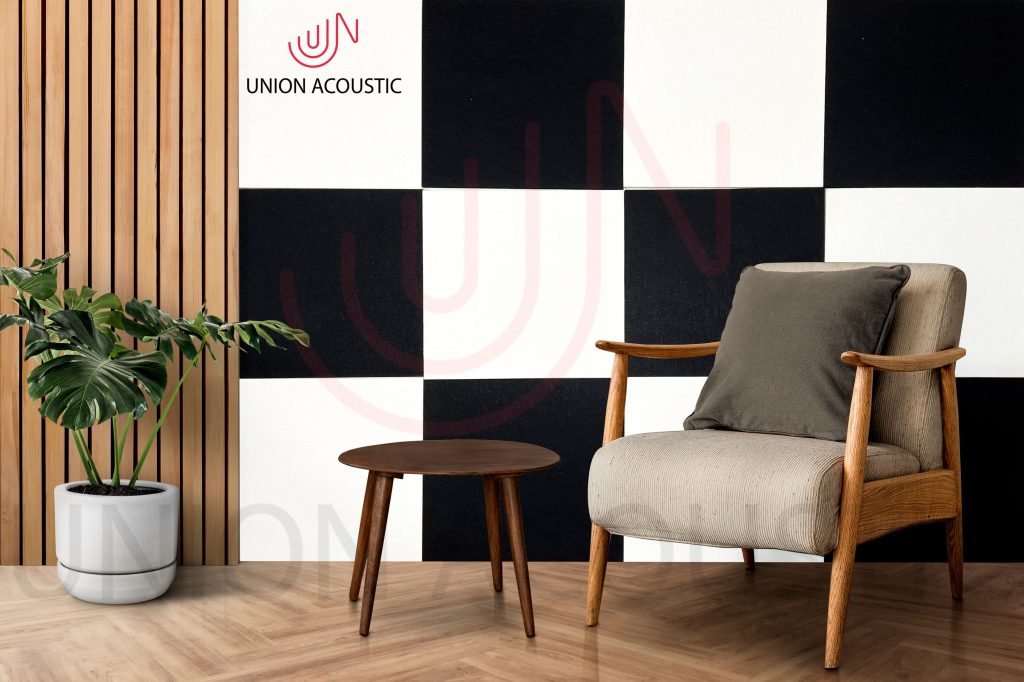
Wall soundproofing is a valuable investment to make for any property owner who values peace and privacy. Whether you live in a busy city or a noisy neighborhood, soundproofing your walls can dramatically improve your quality of life. However, many individuals make common mistakes in the process of soundproofing their walls. These mistakes can lead to wasted time and money, as well as compromised results. It’s essential to approach wall soundproofing with the necessary knowledge and attention to detail to achieve the best results possible.
- Not using quality soundproofing materials
Out of all the common mistakes committed during wall soundproofing, not using quality soundproofing materials is perhaps the most egregious. Many homeowners make the mistake of selecting cheap or low-quality materials, thinking that they can save money in the process.
However, soundproofing materials that are not made of good quality do not effectively block out sound waves, which ultimately defeats the purpose of soundproofing. Investing in high-quality soundproofing materials is essential to achieve excellent soundproofing results.
Choosing materials that are specifically designed for soundproofing purposes, such as acoustic foam, mass loaded vinyl, and sound curtains, will ensure that your soundproofing efforts are successful, and your living spaces remain free from unwanted noise.
- Failing to seal the edges and gaps
One common mistake in wall soundproofing is failing to seal the edges and gaps. Proper sealing is crucial in achieving optimal soundproofing results, as gaps and cracks in the walls can allow noise to easily pass through. Even small openings, such as outlets, vents, and light switches can contribute to sound leakage. To properly seal these areas, it is recommended to use acoustical sealant or foam, which is specifically designed to fill gaps and cracks and minimize sound transmission.
- Not considering the type of wall construction
One of the most common mistakes made in wall soundproofing projects is not considering the type of wall construction. There are several types of wall construction commonly used in residential and commercial buildings, including wood frame, concrete block, and masonry.
Each of these materials has different acoustic properties and responds differently to soundproofing techniques. Failure to consider the type of wall construction can result in inadequate sound insulation or even damage to the wall itself. It is essential to understand the properties of the wall and choose the appropriate soundproofing materials and techniques accordingly. Investing time and effort into researching and selecting the right soundproofing method for the specific construction of the wall will yield better outcomes in reducing sound transmission and improving the overall quality of the acoustics.
- Not taking into account the size of the room
The size of the room will affect the amount of sound that is able to escape and the type of materials and techniques that should be employed in order to effectively soundproof it. In larger rooms, it becomes more difficult to completely eliminate sound transmission, and more advanced soundproofing techniques may be required.
Using soundproofing materials that are only appropriate for smaller spaces may not provide adequate soundproofing for larger rooms. Therefore, it is important to consider the size of the room and other factors such as the type of construction, the intended use of the room, and the level of sound reduction desired when planning a soundproofing project.
- Not considering additional acoustic treatments
While installing soundproofing materials on walls can go a long way in reducing noise transmission, it’s important to remember that sound can also travel through air gaps, windows, and doors.
Therefore, to make sure your soundproofing efforts are effective, you may also need to consider other solutions, such as sealing any gaps or cracks, using acoustic caulk, or installing soundproof curtains or doors.
Failure to consider these additional treatments can compromise the overall effectiveness of your soundproofing efforts, as sound can still find a way to travel through these gaps and reduce the benefits of the soundproofing materials you’ve installed. Therefore, to ensure maximum soundproofing results, it’s important to take a holistic approach to soundproofing and consider all possible solutions.
